Where are people dying due to indoor air pollution from cooking fuels?
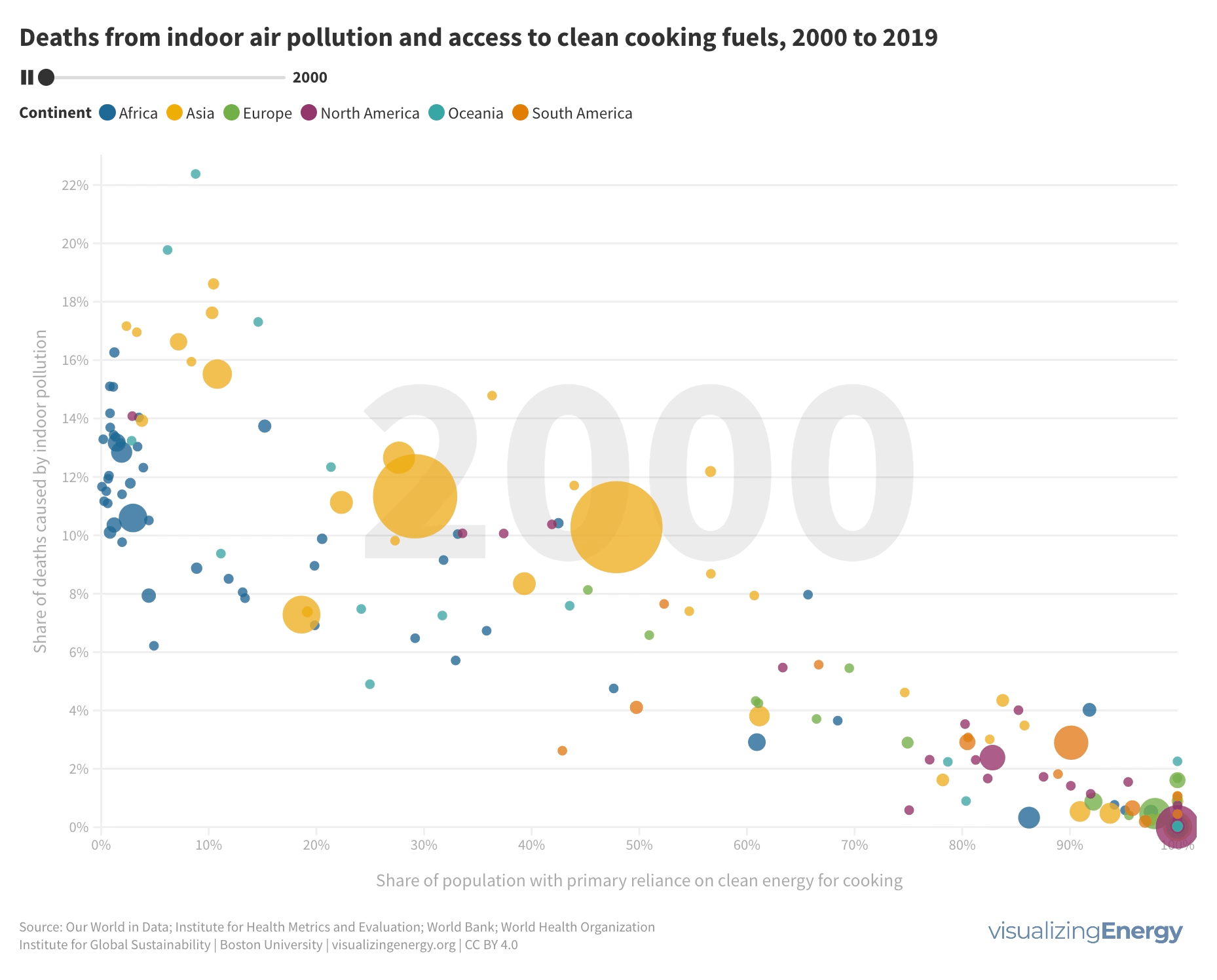
Millions of people die each year due to indoor air pollution caused by the combustion of solid fuels and kerosene in inefficient stoves. Heart disease, stroke, COPD, lung cancer, and other illnesses are major contributors to these deaths. Access to clean cooking fuels is closely linked to lower death rates, with countries having universal access showing the lowest rates.
How do people in Nigeria and Ghana experience energy insecurity?

Energy insecurity in Nigeria and Ghana is a pressing issue, with challenges in accessing affordable and clean energy. Nigerians face more severe experiences, including social exclusion, while Ghanaians deal with payment responsibilities and cooking methods. Addressing these issues is crucial for improving energy access in both countries.
Does greater energy use reduce undernourishment?
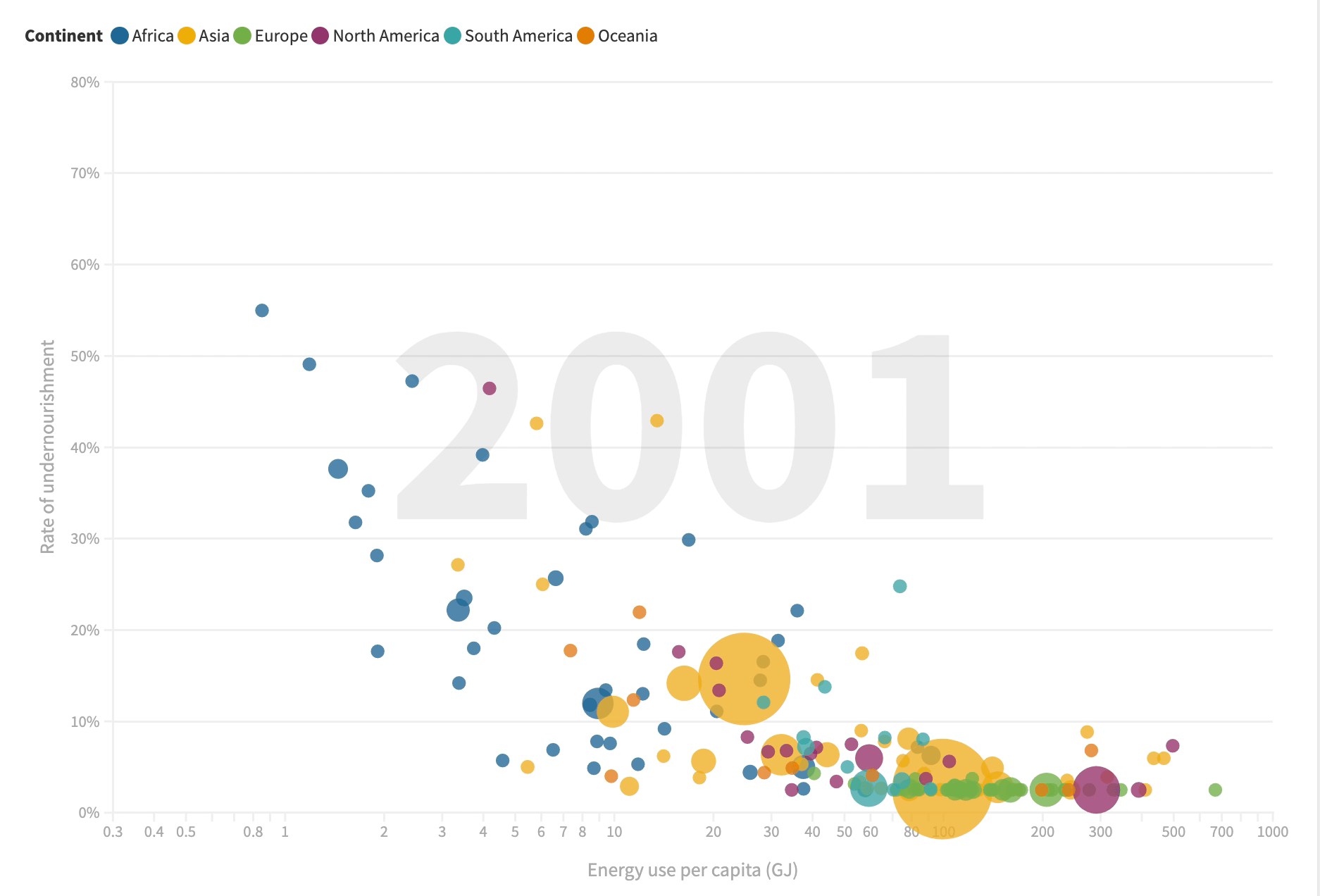
Energy access plays a vital role in reducing undernourishment and improving food security. It boosts agricultural productivity, enhances food quality, reduces losses, and enables transportation. However, addressing factors like political instability and poor policies is crucial alongside increasing energy use.
Does more energy use increase life expectancy?
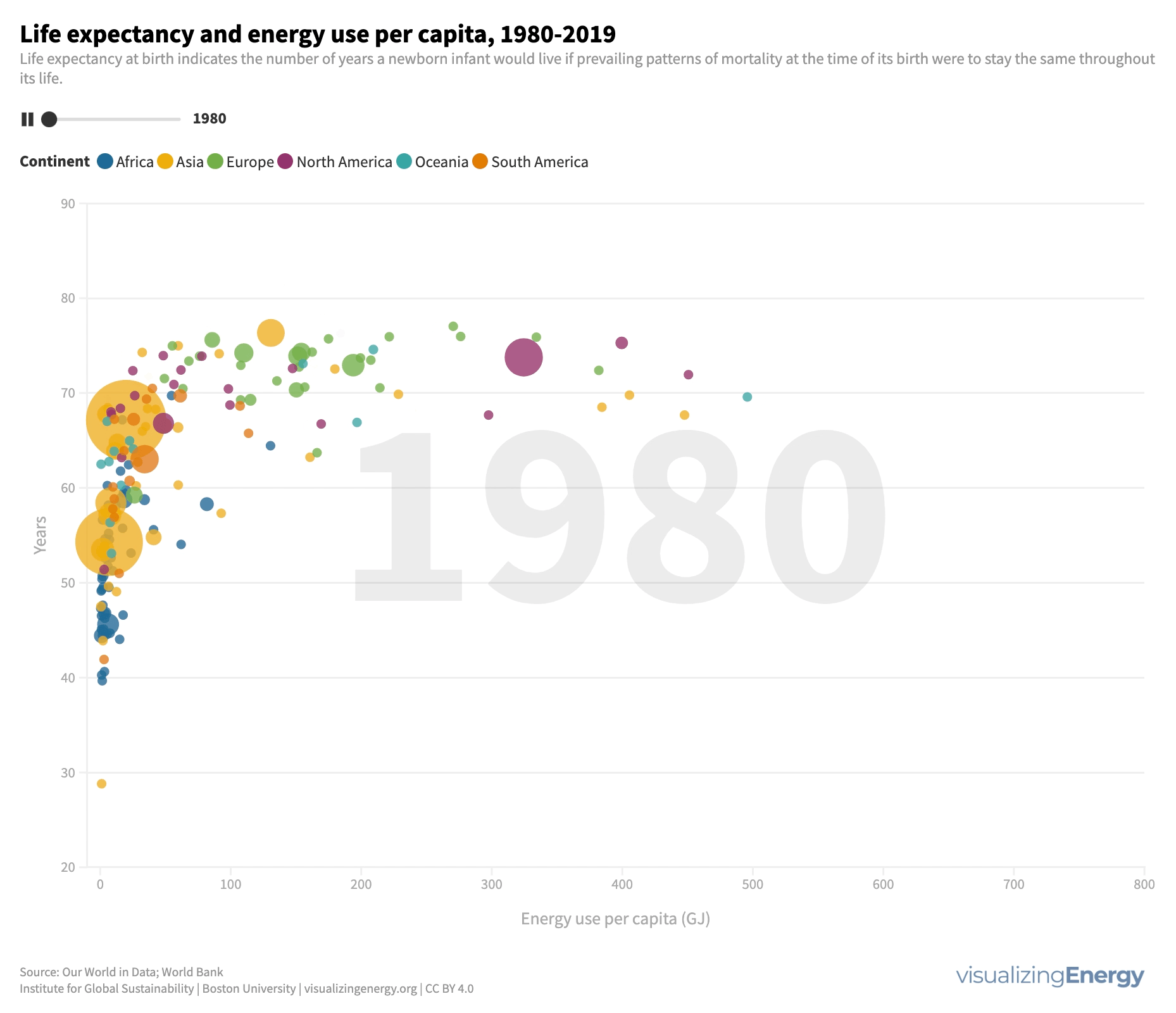
Energy use influences life expectancy. Access to energy services improves well-being and extends lifespan, while deprivation has the opposite effect. Modest energy increases positively impact longevity, especially in low-energy regions. However, beyond a certain point, additional energy use has diminishing returns for life expectancy.
Who has a high energy burden in the United States?
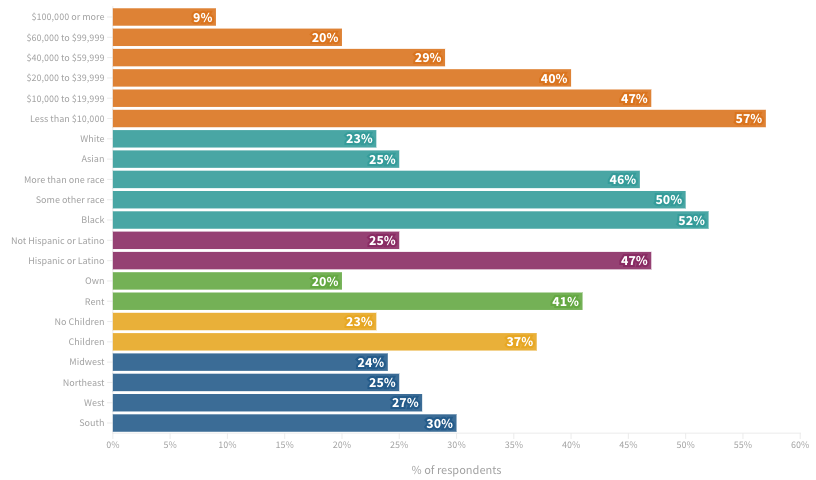
Many US households, particularly low-income, minority, and renting households, face a high energy burden, spending a significant portion of their income on fuel and electricity. In 2020, 27% of households reported difficulty paying energy bills. Federal programs provide some relief, but addressing the underlying causes of social inequity is crucial for long-term energy security.
Does more energy use raise incomes?
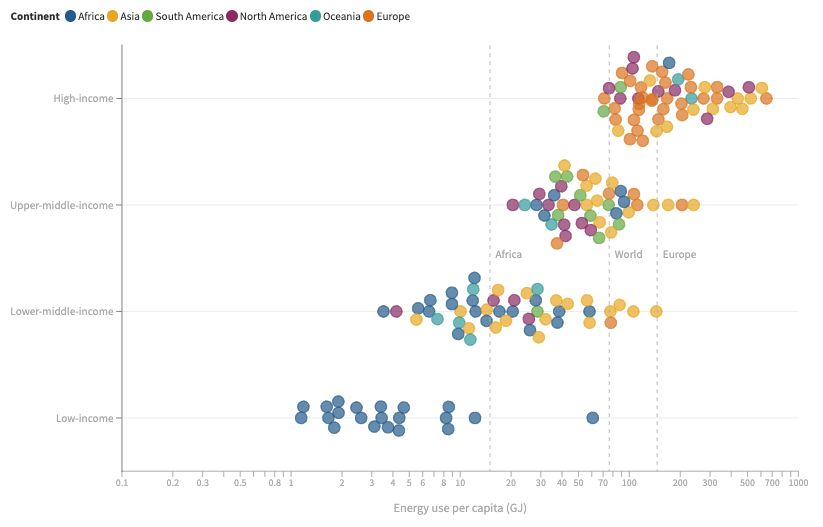
While moving up the income ladder is generally accompanied by increased energy use, there are significant variations within income groups. Factors such as the economy’s structure, geography, climate, lifestyle, public policy, and consumer attitudes also influence how effectively energy use translates into income.
Can global poverty be eliminated with more energy use?
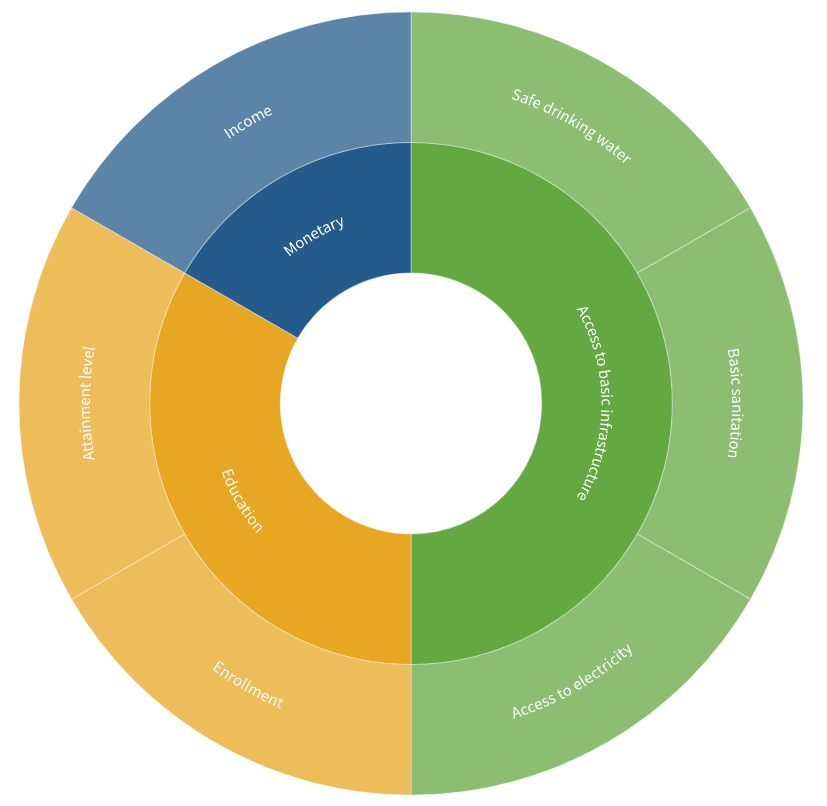
Increased energy use per capita is linked to decreased poverty rates. Modest energy increases can lead to significant poverty reduction, but the relationship is not always linear. Factors like governance and social policies also influence poverty levels. Beyond a certain threshold, further energy increases have diminishing returns.
What is prosperity and how is it related to energy use?
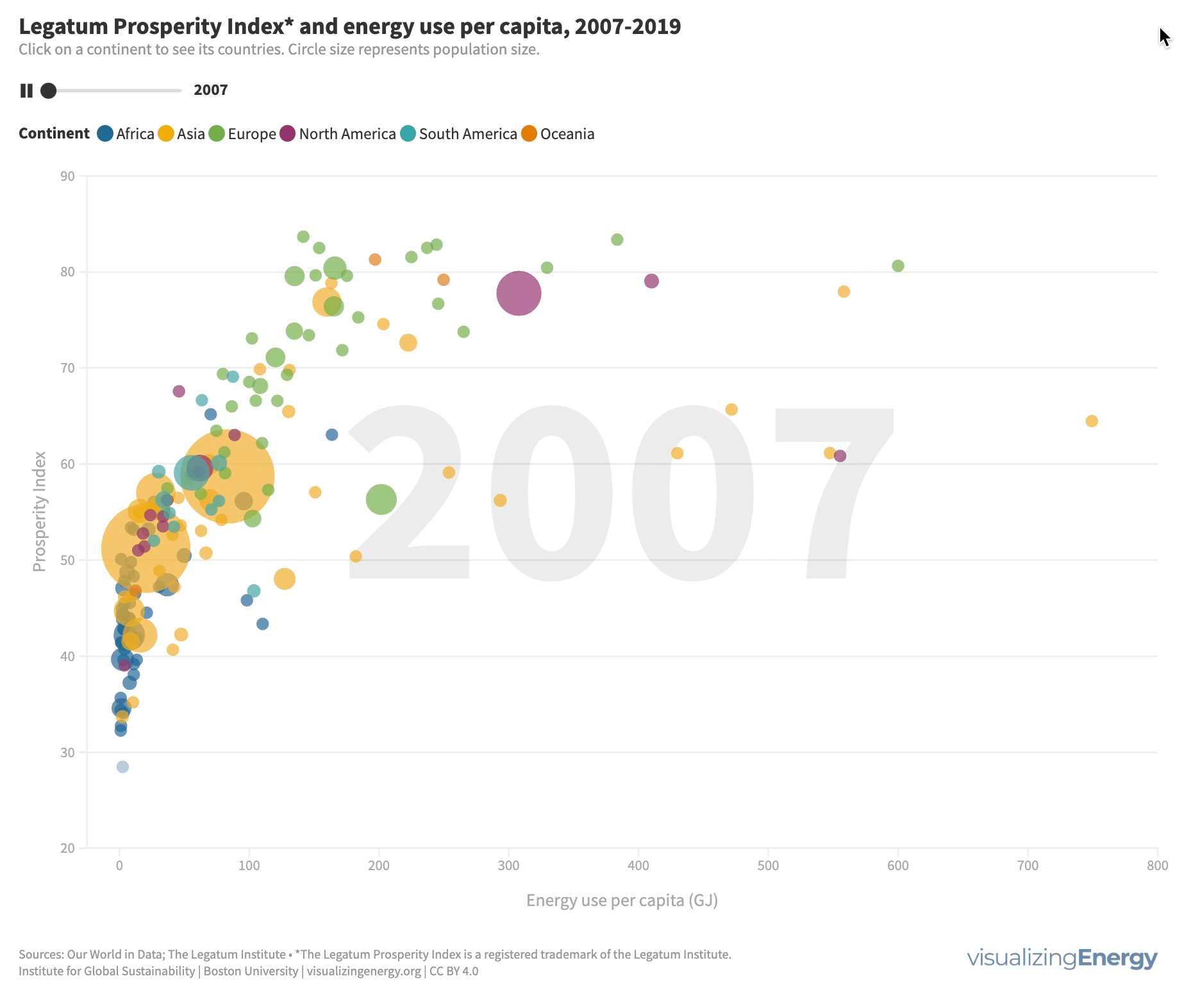
While energy use is connected to prosperity, the relationship is not linear. Different countries achieve varying levels of prosperity at the same energy use per capita, and there are diminishing returns where increased energy use results in smaller improvements in prosperity. High levels of prosperity can be achieved with lower energy consumption.
Is the United States government doing enough to reduce energy poverty?
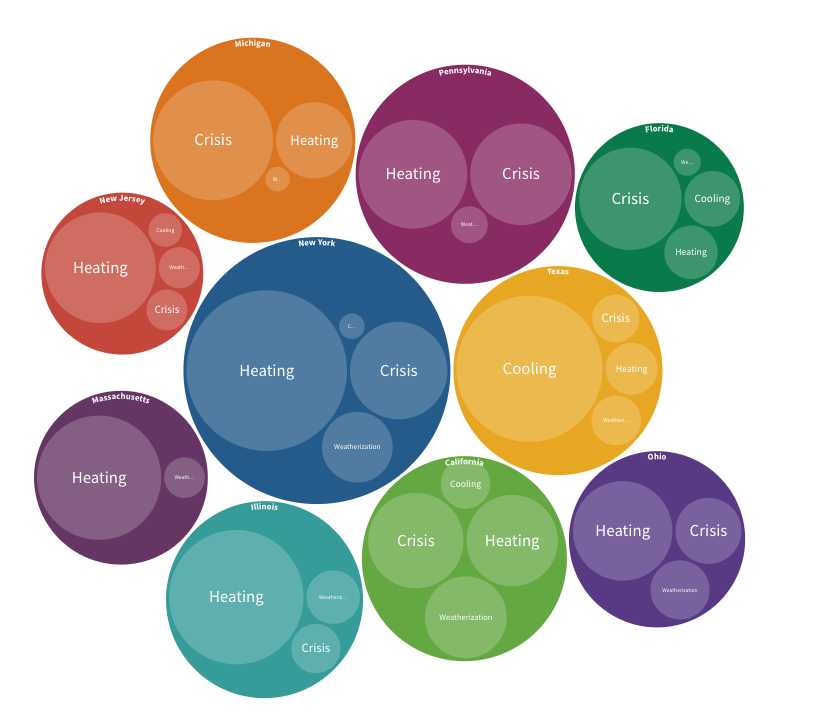
Energy poverty is a significant concern in the United States, with over one in four households experiencing insecurity. Government programs like LIHEAP and WAP aim to address this issue, but funding levels often fall short of the need. A more comprehensive approach is necessary, considering the impact on well-being and addressing racial and socioeconomic disparities.
How has the COVID-19 pandemic affected energy insecurity in the United States?

The COVID-19 pandemic worsened energy insecurity in the US, particularly for vulnerable populations. Prior to the pandemic, around 25% of low-income households struggled to pay energy bills, but during the early months of the pandemic, nearly 13% couldn’t afford them. Racial and ethnic disparities were exacerbated, with Black and Hispanic households facing higher odds of disconnection
